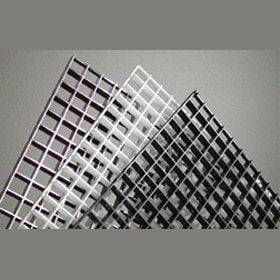Quantum Windbag
Gold Member
- May 9, 2010
- 58,308
- 5,099
- 245
- Thread starter
- #21
Funny how you love government scientists when they tell you what you want to hear.I wonder what all those science loving liberals are going to think about the massive outbreak of skin cancer in their future.
Harmful effects of CFL bulbs to skin; Energy-efficient bulbs safest when placed behind additional glass coverInspired by a European study, a team of Stony Brook University researchers looked into the potential impact of healthy human skin tissue (in vitro) being exposed to ultraviolet rays emitted from compact fluorescent light (CFL) bulbs.
The results, "The Effects of UV Emission from CFL Exposure on Human Dermal Fibroblasts and Keratinocytes in Vitro," were published in the June issue of the journal of Photochemistry and Photobiology.
The researchers, led by Miriam Rafailovich, PhD, Professor of Materials Science and Engineering and the Director of the Garcia Center for Polymers at Engineered Interfaces at Stony Brook, conducted similar research to a European study on Light Sensitivity. Stony Brook researchers collected CFL bulbs purchased from different locations across Suffolk and Nassau counties, and then measured the amount of UV emissions and the integrity of each bulb's phosphor coatings. Results revealed significant levels of UVC and UVA, which appeared to originate from cracks in the phosphor coatings, present in all CFL bulbs studied.
Funny how you assume they work for the government.




